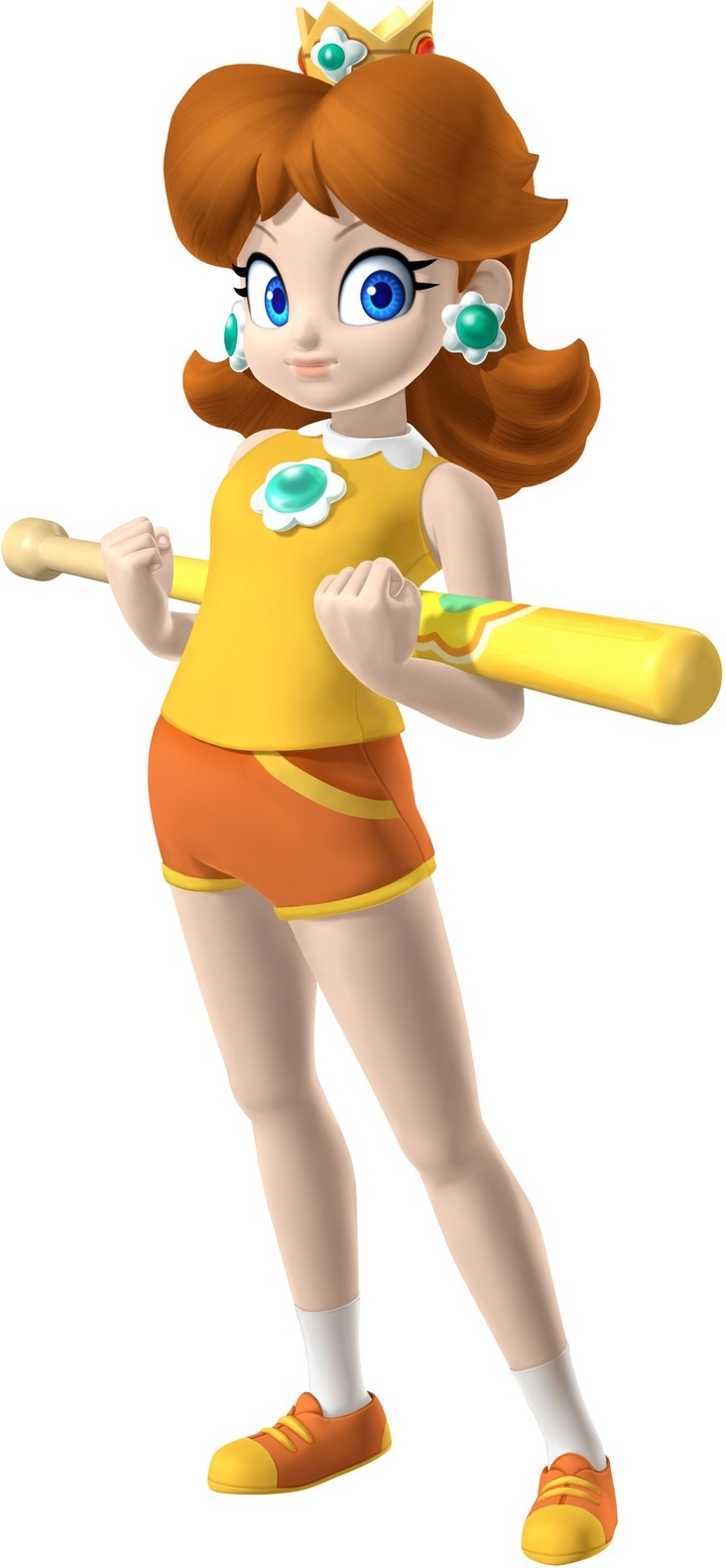Last week,
I started the topic of female characteristics that are often exaggerated in
video games. We looked at a study that randomly picked games for the Nintendo
64 and Playstation, and sorted characters out based on the clothes they wore.
It was concluded that the majority of female characters wore clothing that
brought attention to their bodies, and that was it. This week, I will look into
a smaller experiment, completed by Kelly Phillips (a Yahoo! columnist) in 2009.
 |
| Back of Need For Speed: Underground |
In
Phillips’ experiment, she picked out three Nintendo Game-cube games at random
from a stack of around forty. The ones picked were Mario Superstar Baseball,
Need for Speed Underground and The Urbz: Sims in the city. After
examining the front and back covers, it was clear how females were portrayed.
In Need for Speed Underground, there was only a car on the front. On the
back there was an average height woman wearing a white tank top and low rider
pants. She had an above average sized chest, a somewhat small waist and tattoos
on her upper left arm. It gives the impression that people driving the cars in
the game were doing it to get the women (like a trophy at the end of a race).
Even though she was not overly provocative, players of the game may assume that
women love those who compete in street racing, so they tend to dress with more
skin showing.
 |
| Daisy in Mario Superstar Baseball |
In Mario
Superstar Baseball, the front cover only shows male characters (Bowser,
Mario, Luigi, Wario, Donkey Kong) and an unidentifiable gendered dinosaur
(Yoshi). All the characters are shown in a small column on the right of the
back cover. This column includes the characters on the front plus two females,
four other male characters and an “unidentifiable gender dinosaur” (Princess
Peach, Daisy, Waluigi, Diddy Kong, Bowser Junior, and Birdo) [NOTE: This is
where I disagree with Phillips, for she thinks that Birdo’s gender is
unidentifiable. She wears a bow in her hair, she’s pink, and she winks and
blows kisses a lot. To me, that says “female dinosaur”]. In total there were
eight characters of male gender (two of which were nonhuman), two female
characters (they both are wearing blue earrings), and “two” dinosaurs of
unidentifiable gender. The female characters are only displayed as often as the
dinosaurs, yet in the modern world dinosaurs are extinct and females make up
half of the population. It can seem ironic that both of the female characters
are wearing jewelry, as if they were going somewhere nice. However, they were
only going to be playing baseball. This makes the players think that girls
should always wear jewelry no matter what the occasion. They both have long
hair, which is nicely put in a ponytail or a combed to their shoulders. This
suggests women should always have their hair looking nice. These portrayals of
characters hint at and teach gender stereotypes. Male superiority is shown by
the abundance of male characters compared to female.
 |
| Some characters in The Urbz: Sims in the City |
In The
Urbz: Sims in the City, there is an equal depiction of two males and two
females on the front cover. On the back cover there seems to be a decent amount
of females in four frames describing the game. This game has equal
representation of both genders. There is a slight issue with the way females
are clothed and their body structures. One of the females on the front has an
above-average chest with a small waist, large hips and long thin legs. She is
wearing a bare, midriff leather jacket, purple belly shirt and jeans that go
down past her hipbones. The other female on the front had a very low cut purple
jacket where cleavage is visible, and skinny legs with very tight sweatpants.
This demonstrates that some games have become conscious that women should be
shown equally. Yet, within these games, stereotypes about women's bodies are
evident. Women should have a large chest, small waist and medium to large hips.
They should be skinny and have a long neck and long legs. Though these games
have made progress to show more women, they still show them stereotypically and
do not take into account all women have different structures. This can teach
male players to expect women to have "perfect" bodies, and female
players of what they should look like.
The
Entertainment Software Association estimates that "fully half of all
Americans age 6 or older play video games". This means that the majority
of all Americans who are six years of age or older have been learning from
video games. They learn that males, being more prevalent in the games, are
superior to females. They are taught that women should look and dress certain
ways. Also, women are seen as submissive and/or as sex icons and hardly ever
the heroes. Even when women are shown as main characters or heroes, they are
dressed in provocative ways. In 1992, Eugene Provenzo Jr. suggested, "Like
television, video games are a type of medium providing information that both
entertains and educates." It seems he is indeed correct.
It is
obvious that video games play a major role in the lives of children, young
adults and even some older people. Anyone can learn so much from these games.
Yet, are the games teaching correct and moral concepts? This new industry has
impacted the lives of people all across America. Have we, as Americans, really
gotten past inequality among genders? The video game industry suggests
otherwise, through stereotyping and male superiority, that we still make
assumptions based on gender. So, next time you pick up that controller, you ask
yourself, "What am I really learning here?"
No comments:
Post a Comment